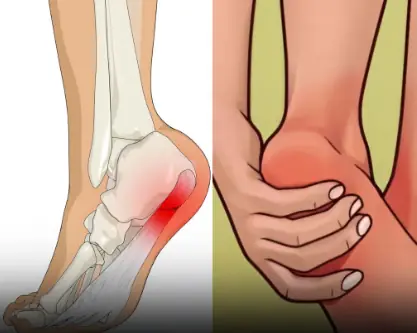
Why Do Stairs Usually Have an Odd Number of Steps Instead of an Even Number? The Answer Is Surprisingly Simple
Why Do Stairs Usually Have an Odd Number of Steps Instead of an Even Number? The Answer Is Surprisingly Simple
Many people don’t realize why stairs often have an odd number of steps instead of an even number. In reality, the reason is quite straightforward.

Have you ever counted the steps on a staircase? If you have, you might have noticed that whether in residential homes, apartment buildings, or skyscrapers, staircases are almost always designed with an odd number of steps.
Why Do Stairs Usually Have an Odd Number of Steps?
The main reason comes from human movement habits. Most people are right-handed, meaning they naturally start climbing stairs with their right foot. If a staircase had an even number of steps, the last step would be taken with the left foot, disrupting the natural rhythm of starting and finishing with the right foot. By designing staircases with an odd number of steps, movement remains consistent and comfortable.
Additionally, from a feng shui perspective, odd numbers are considered positive (yang), while even numbers are seen as negative (yin). Choosing an odd number of steps not only enhances comfort but also symbolizes good luck and positive energy. Overall, designing stairs this way provides both practical and symbolic benefits.
Feng Shui Considerations for Staircase Design
In feng shui, the staircase is seen as the backbone of a house, facilitating energy flow between floors. It also plays a crucial role in wealth and fortune. When designing a staircase, keep these key points in mind:
- If the staircase has many steps, consider adding a landing to reduce fatigue while climbing. Landings also count as a step in feng shui calculations.
- The width of each step should be at least 80 cm to allow two people to pass comfortably. The handrail height should be at least 90 cm for safety.
- The staircase slope should not exceed 45 degrees to ensure safe usage.
- The ideal staircase direction is counterclockwise, meaning it turns to the left as you ascend.
- Avoid placing stairs directly above the kitchen, as this can create oppressive energy in the space below. If unavoidable, a landing can help minimize this effect.
- Do not position a bedroom under the staircase, as it may negatively impact sleep and health.
- Avoid placing stairs in the center of the house, directly facing the main entrance, or near bathrooms, as this can lead to energy escaping from the home.
- Stairs should not have open risers (gaps between steps), as this can be dangerous and disrupt feng shui energy flow.
- Do not place mirrors at the staircase entrance, as this can create unwanted visual glare.
News in the same category


Tiny “Bags” on your walls? Here’s what they really are and how to get rid of them for good
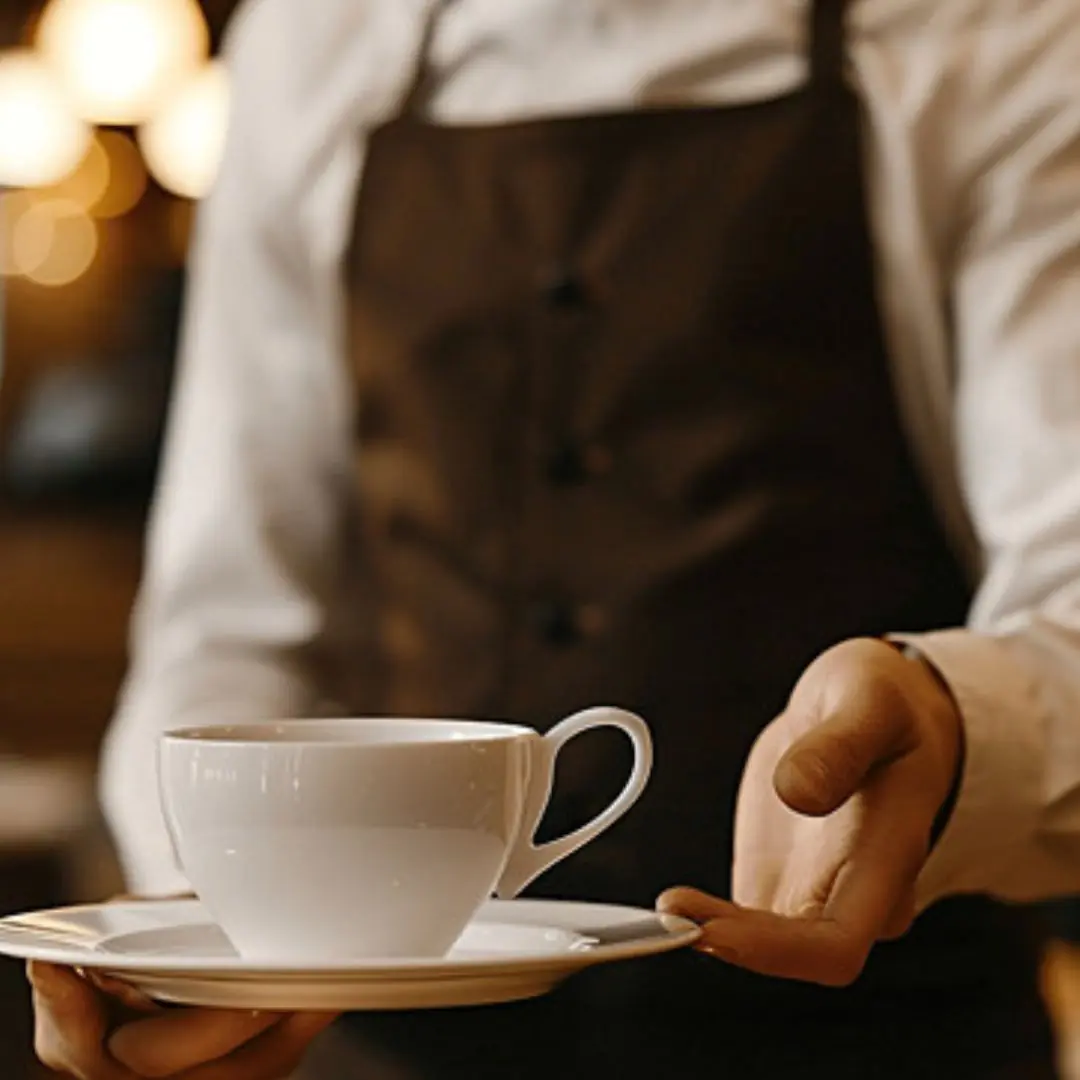
Why we help waiters: The psychology behind a simple act of kindness

Say Goodbye to Joint and Foot Pain with a Relaxing Rosemary Bath
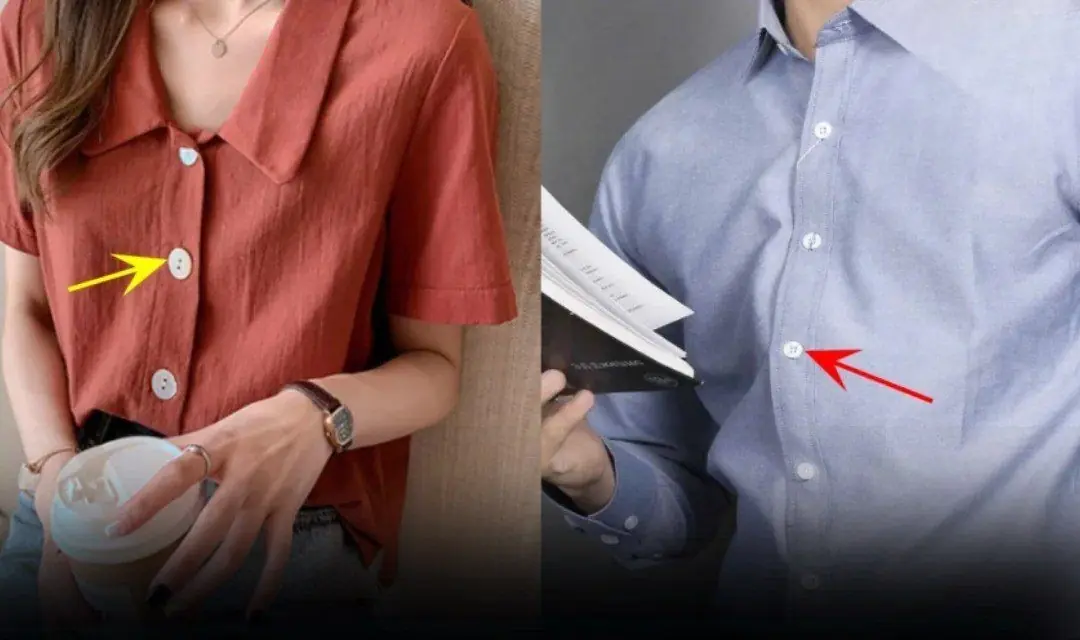
There's actually a rule, and now I finally understand the reason
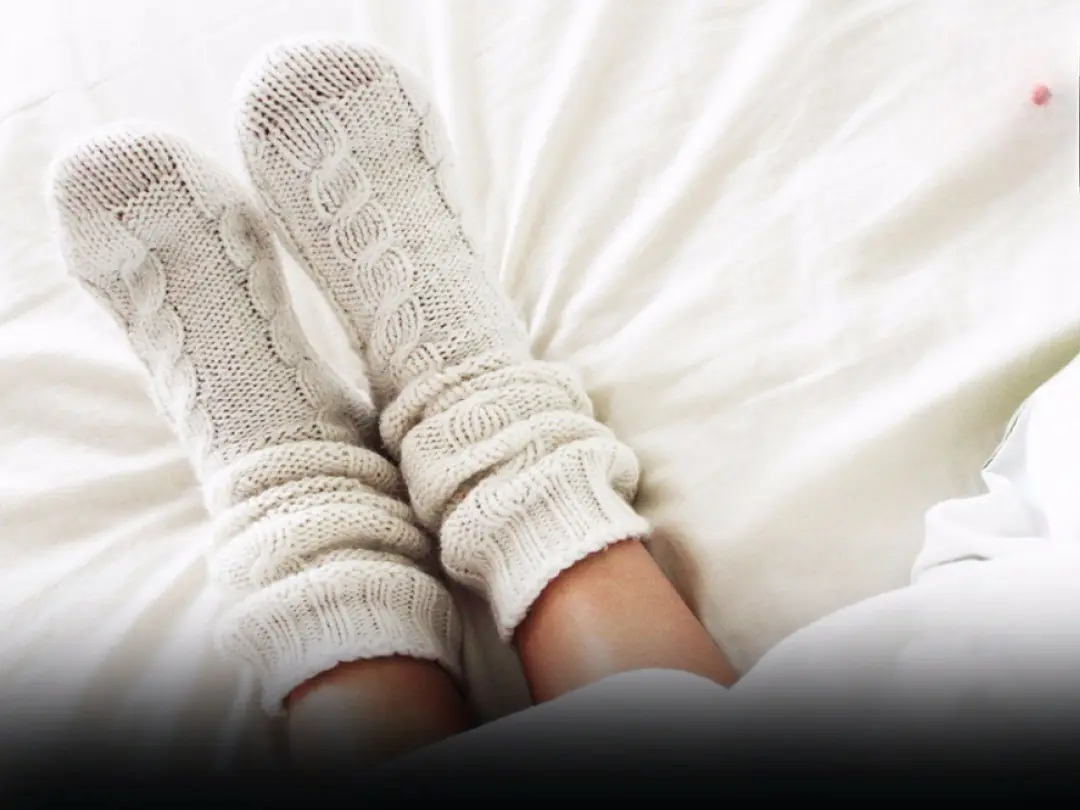
Ever Wonder Why Japanese People Wear Socks to Bed All Year Round? Here’s the Surprising Reason

A Once-Discarded Leaf Now Becomes a Billion-Dong Industry as China Buys in Bulk

The Mystery of the Tiny Pocket on Jeans: 90% of Wearers Don’t Know Its Original Purpose

“I Almost Lost My Life”: A Shocking Warning for Every Household Using a Water Heater

No Scrubbing Needed: This Simple Trick Makes Your Electric Kettle Spotlessly Clean Like New

Why do flight attendants usually go to a hotel instead of going home after the plane lands?
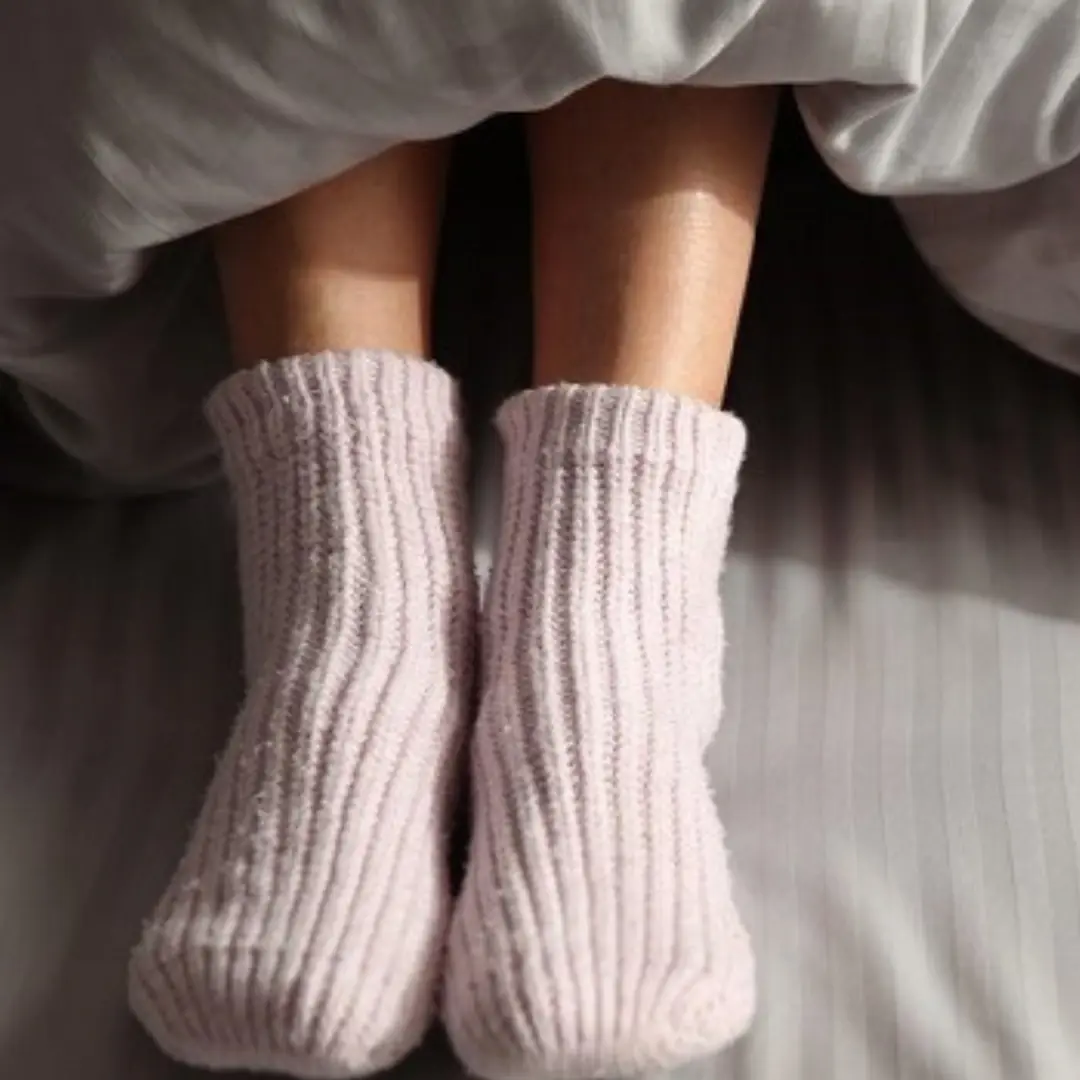
Why Do Japanese People Wear Socks to Sleep — No Matter the Season?

There Is a Small Part Inside Your Washing Machine Open It Once a Month to Keep the Drum Clean and Your Clothes Smelling Fresh
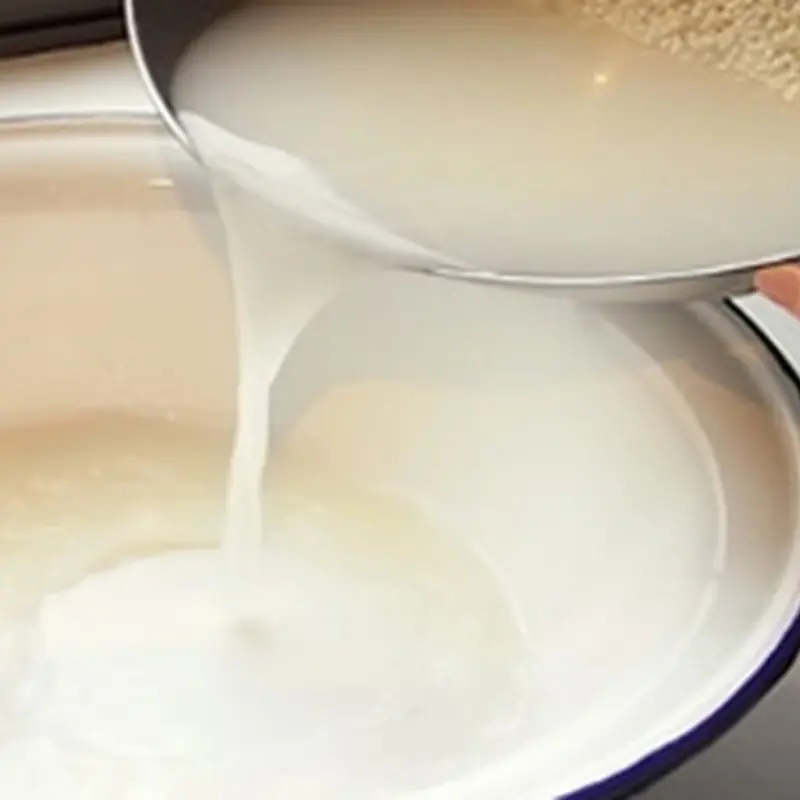
Don’t Throw Away Rice-Washing Water: Discover Its Surprising Uses That Can Help You Save a Fortune

Drink Coffee This Way to Extend Lifespan and Stay Younger, Experts Say

Supermarket Employee Reveals 7 Foods You Should Never Buy — Especially No.1, Which Should Be Avoided Even at Deep Discounts

This Vegetable Tastes as Sweet as MSG and Rivals Ginseng in Nutrition — Yet It Costs Only 1.60 USD per Bunch

Why Do Many Foreigners Avoid Using Phone Cases?
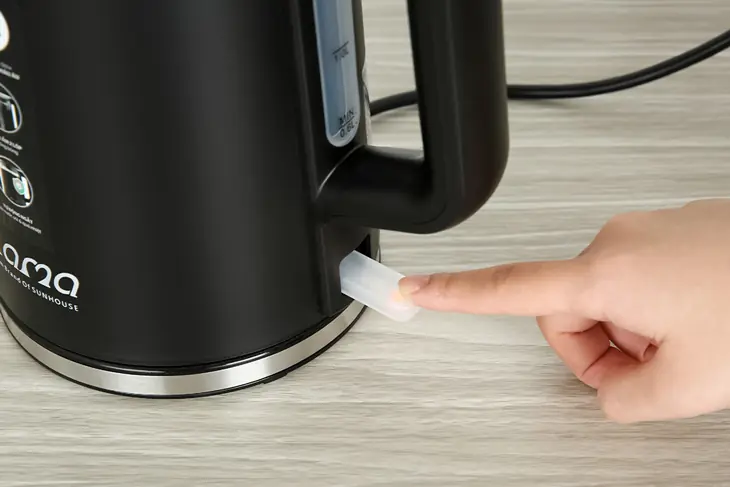
Hidden health risks of improper electric kettle use
News Post
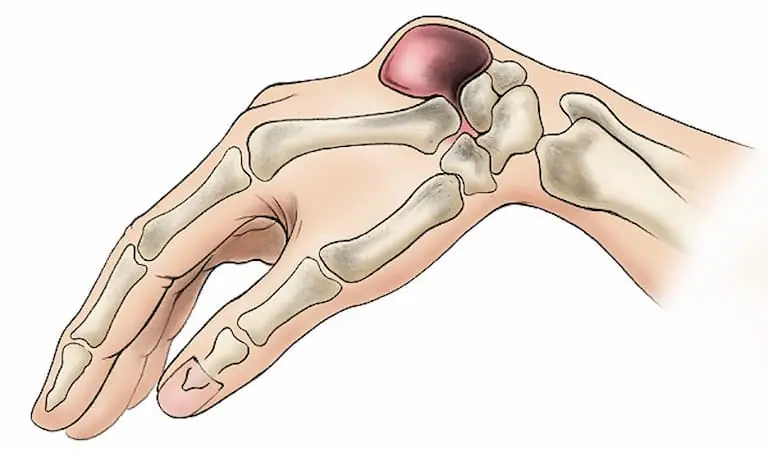
5 Signs of Bone C.a.ncer - Doctor's Warning

A young woman nearly had her face disfigured while cooking, warning about 3 foods that can easily “expl.ode” and require caution
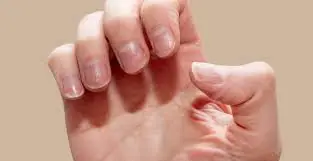
Look at your nails to predict your health. If your nails have these 3 points, see a doctor immediately before you re.gret it
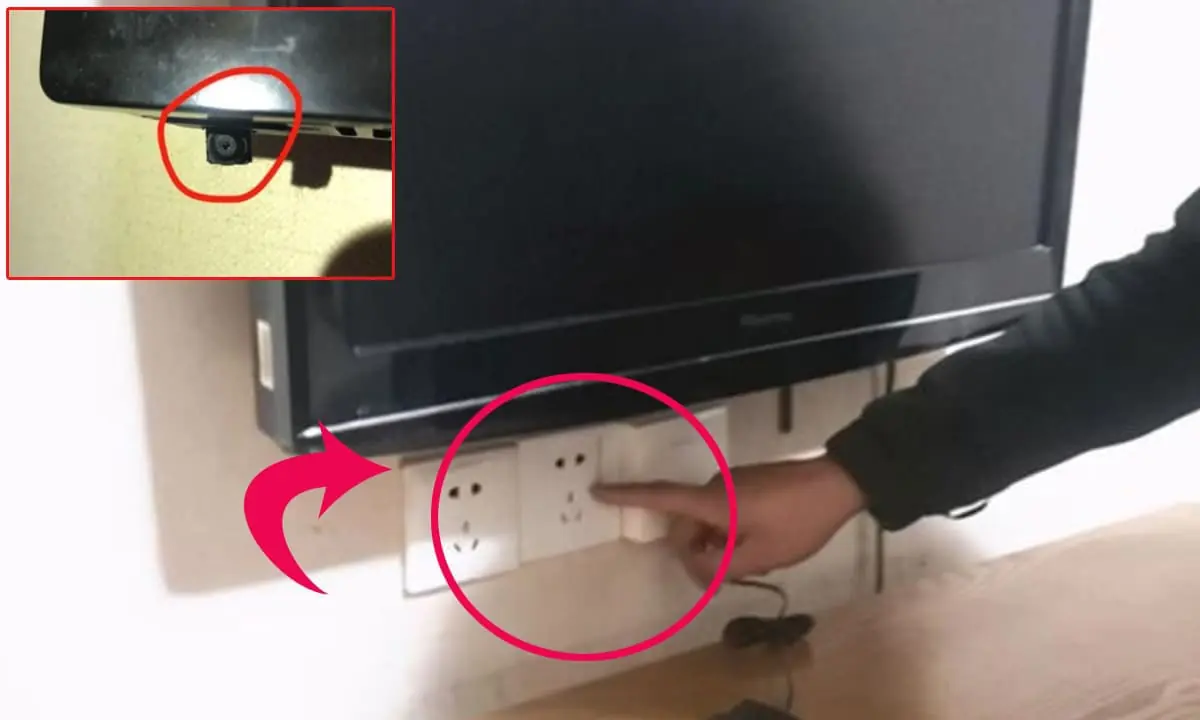
Why smart travelers always unplug the hotel TV when they arrive?
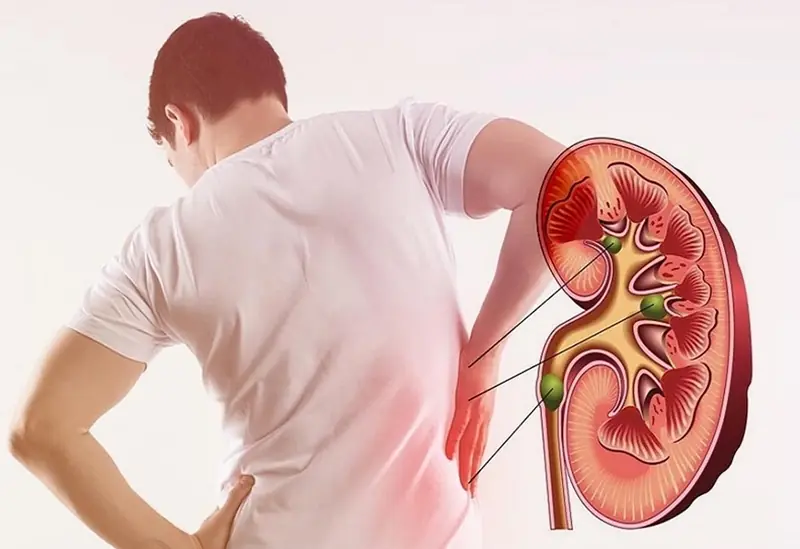
Kidney failure doesn’t happen overnight: 8 signs that demand immediate attention

The first animal you spot in this visual reveals your ‘worst flaw’
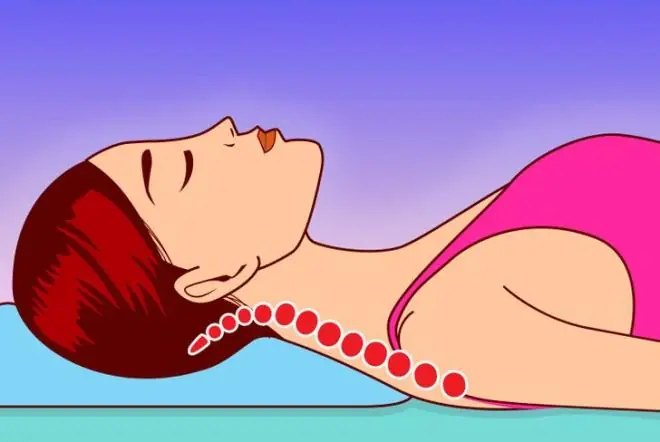
What could happen to your body if you sleep without a pillow?

Cancer cells love these 3 flavors the most many people are shocked to realize they eat them every single day

5 signs of healthy kidneys and how to recognize them
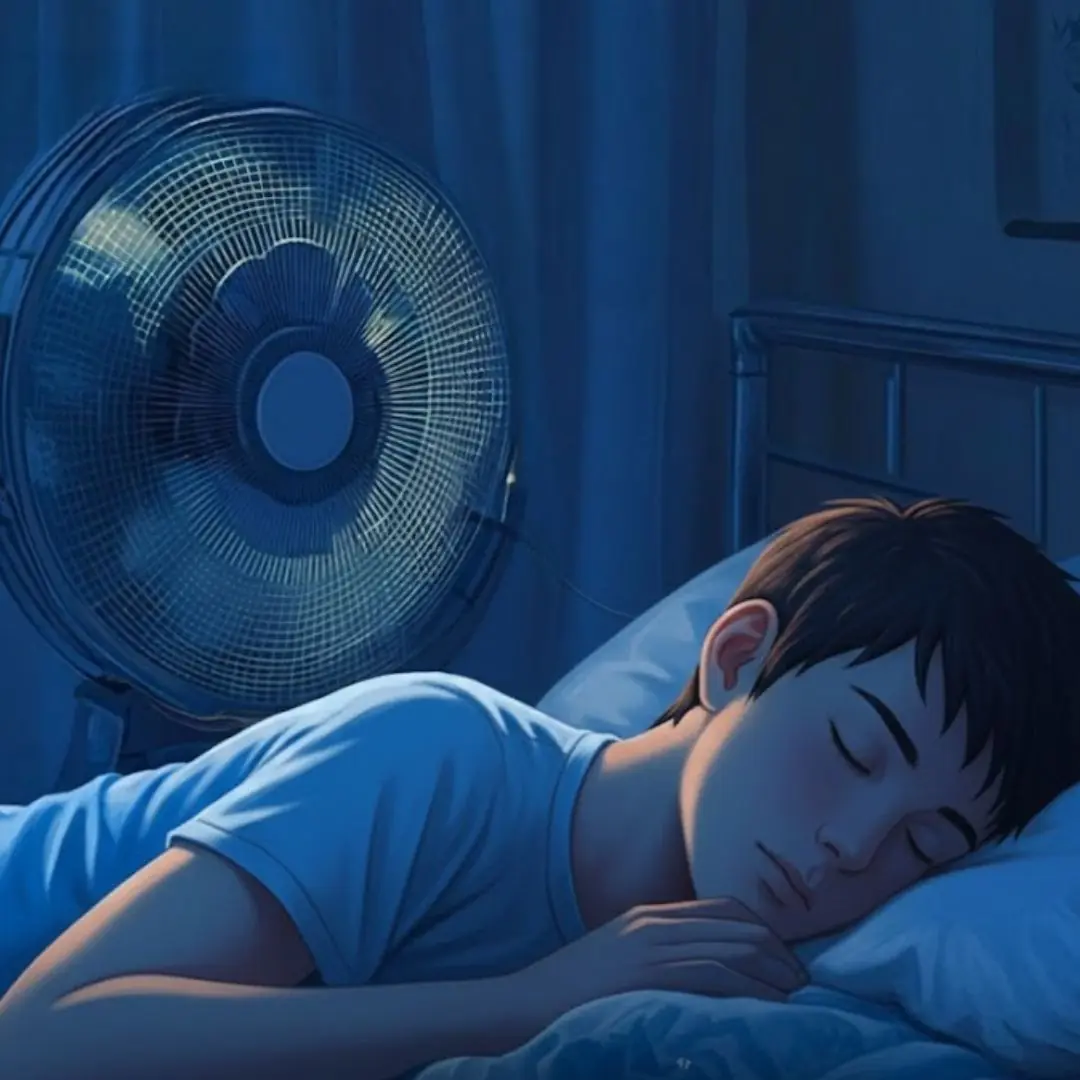
The surprising reason you should never sleep with a fan on at night
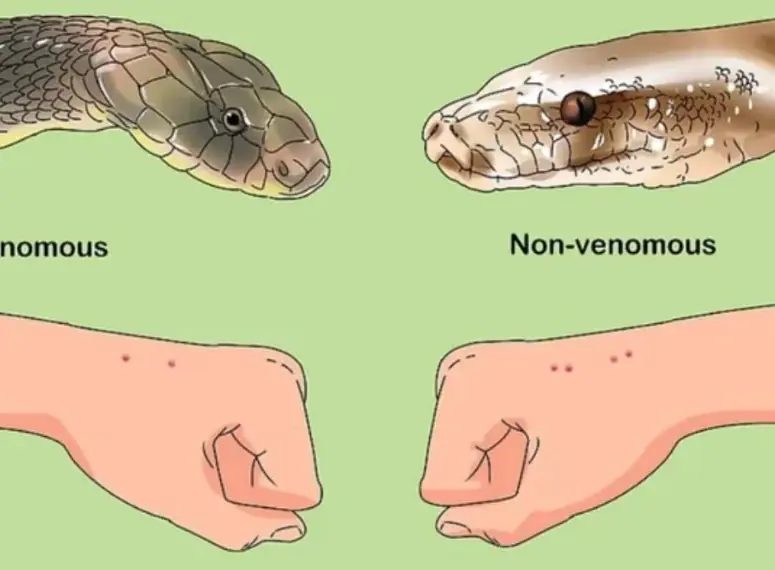
When bit.ten by a snake, you should do these things first

Tiny “Bags” on your walls? Here’s what they really are and how to get rid of them for good

5 nighttime habits doctors warn may raise the risk of str.oke

Why we help waiters: The psychology behind a simple act of kindness
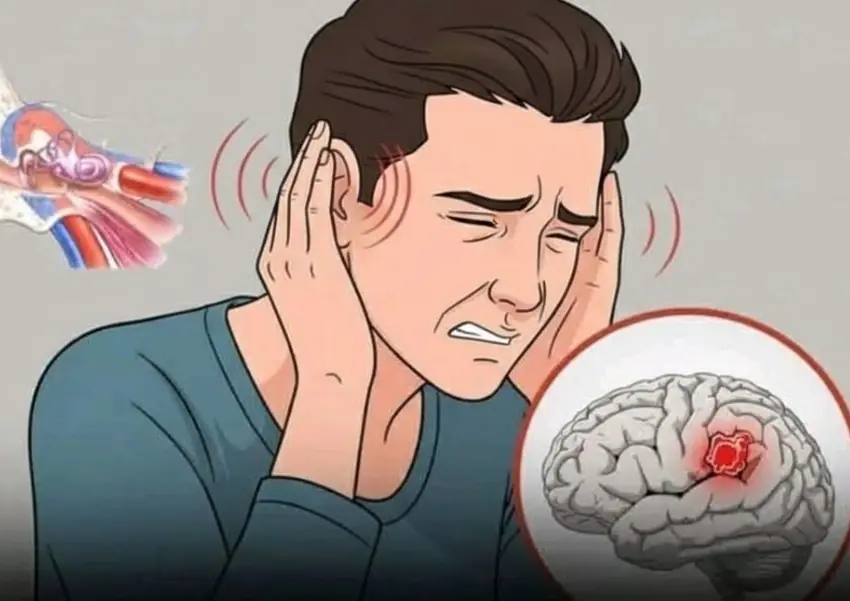
If you often notice ringing in your ears, this might be a sign that you are dealing with an underlying health issue

Bull thistle (Cirsium vulgare): A wild plant with surprising benefits

Stuffed Lemon Cookies

3 morning symptoms of people with undiagnosed can.cer

Common routines you ignore every day that may raise your risk of colon cancer
